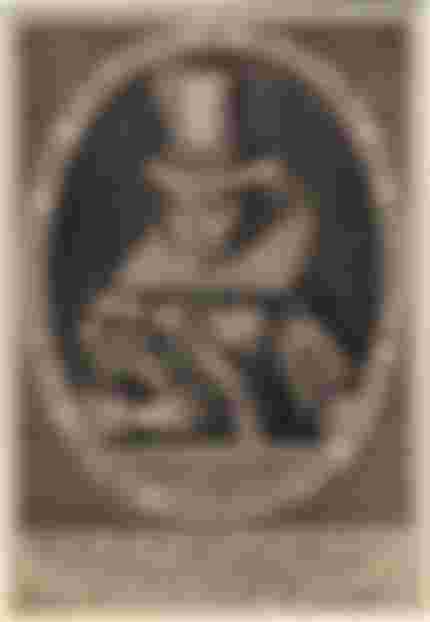The daughter of the chief of the Powhatan Algonquin tribe, although she lived at the end of the 16th and the beginning of the 17th century - and only for 22 years, she is remembered to this day. Why do we still remember Pocahontas?

In her short life, she was known by several names - Matoaka, Amonute, Rebecca Rolfe and had an interesting life path, but history remembers her most often as Pocahontas, the beauty who saved John Smith.
Pocahontas was born in 1595 in present-day Virginia. Her unusual name Matoaka meant "little tern" in the language of her people, and little is known about what her life looked like before she met English Captain John Smith, since the first records about her come from his letters.
That meeting, which probably completely changed the course of Pocahontas' life, happened at the beginning of 1608, when Pocahontas was thirteen years old. Captain Smith arrived in this part of the world in April 1607 and had numerous encounters with the natives, exploring the surroundings and getting to know the New World. However, he did not resist for long - in December, he was captured by the younger brother of Chief Powhatan, while Smith was exploring the Chicago River.
Judging by the letter that the captain sent to Queen Anne in 1616, Pocahontas, at the moment before Smith was to be deprived of life, bravely stepped forward and fought for his life and liberation. The Englishman soon returned safely to the colonized area of Jamestown, and Pocahontas often visited him. According to some sources, she came to Jamestown to play with the boys and brought so much food every four to five days that she probably saved the lives of many English soldiers.
However, as the colony expanded rapidly, the Pocahontas tribe felt increasingly threatened, and a new conflict between the peoples was inevitable. In one skirmish, Smith was wounded and returned to Europe, and his comrades-in-arms told the Pocahontas people that he had passed away, which is why she believed for a long time that she had lost her friend forever and stopped visiting Jamestown.
If we believe the historical data, Pocahontas and John Smith were not lovers - they were not even at the age when they could be a couple. The first records describing them as lovers appeared in the 19th century, and that version of the story was enriched with additional details in 1995, when an animated film was made that presents them in that way.
In March 1613, the chief of the Patawomeck tribe captured Pocahontas and handed them over to the colonists to settle with the English for weapons and prisoners. She was then taken to Henricus (today's Chesterfield County), where she was taught and baptized by the priest Alexander Whitaker. Soon Pocahontas was given the name Rebecca and mastered most of the English language and Christian sciences.

A year later, the English wanted to hand her over to their tribe in order to achieve peace, but Pocahontas decided to stay among the Europeans because his father gave her lightly. As she explained to her new friends, her father considered her less valuable than an English weapon, which is why she would rather live with the English.
During her months in Henricus, Pocahontas became close with the widower John Rolf, a well-known and successful tobacco grower. On April 5, 1614, Rolfe and Pocahontas were married, and early the following year they had a son, Tom.
This marriage contributed to calming the passions between the warring parties. The English noticed the influence of the Indian princess, so they decided that Pocahontas, along with eleven other compatriots, should leave England. The public reacted unexpectedly well to the beautiful Pocahontas, who loved the colonizers and gladly became Rebecca. Moreover, she and other members of the tribe were guests at the court of James I. During this visit to England, Pocahontas also met John Smith, whom she believed was dead for years.
In March 1617, Rolf and Pocahontas boarded a ship to return to Virginia, but at the very beginning of the journey, the tobacco growers wife felt unwell. Because of that, the couple landed in Gravesend, and Pocahontas passed away very quickly. The cause of death remained unknown, and today there are theories that these were some of the common diseases at that time: pneumonia, tuberculosis or smallpox. it was even believed that an Indian princess could be poisoned.
She was buried in Gravesend, where a fire broke out in 1727, which destroyed both the church and the church cemetery, so it is not known exactly which is the Pocahontas Ino grave site.
Although she had only one child, many descendants of John Rolf and Pocahontas live in the United States today. Moreover, there are many famous historical figures who come from their son Thomas - Edith Bolling Galt Wilson (wife of the 28th President of the United States Woodrow Wilson), General George W. Randolph, Admiral Richard Byrd, Governor Harry F. Byrd, Paulina de Rothschild, Nancy Reagan, Glenn Strange, Percival Lowell ...

